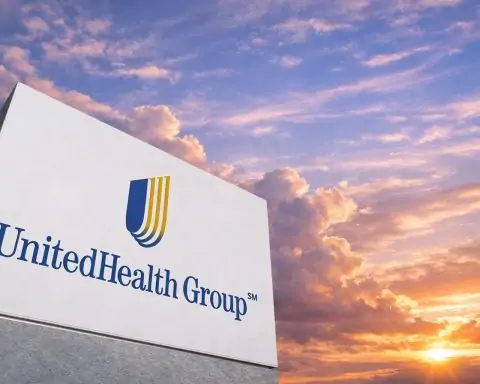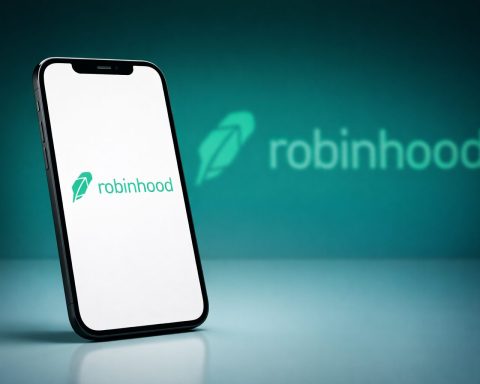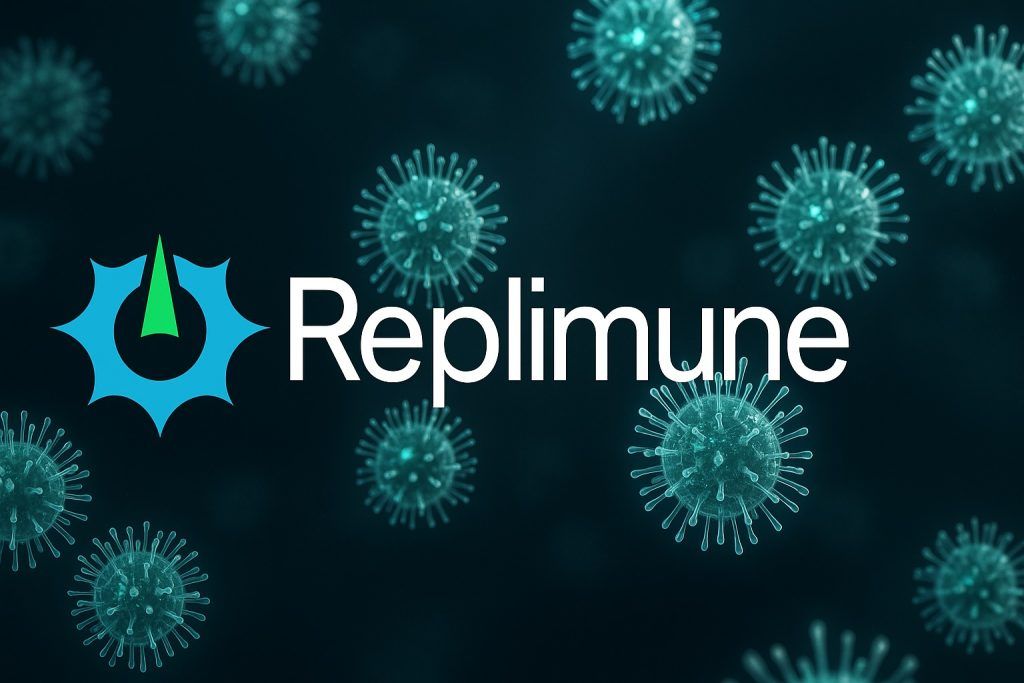- Shares & valuation: SPRO closed around $2.29 on Oct. 20, 2025 (up ~3.6% that day) with a market cap ≈$129M [1] [2]. This follows a dramatic rally from its 52-week low ($0.51) to a high of $3.22 (now ~$2.29) [3]. Year-to-date gains exceed 120%, reflecting renewed investor interest.
- Key event: On Oct. 20–21 (IDWeek 2025), Spero/GSK presented full Phase 3 PIVOT-PO results for tebipenem HBr. The trial met its primary endpoint: oral tebipenem’s overall success (58.5%) was non-inferior to IV imipenem (60.2%, –1.3% difference) [4]. Clinical cure rates were ~93.5% vs 95.2% [5] [6]. CEO Esther Rajavelu hailed the findings as “the culmination of years of dedicated work” [7]. GSK will file these data in a planned FDA submission in Q4 2025 [8] [9].
- Recent catalysts: In the past week Spero announced IDWeek presentations (Oct. 14) and the Phase 3 data release [10]. Earlier, on Aug. 12 Spero reported strong Q2 results (revenue $14.19M vs $11M est; EPS -$0.03 vs -$0.38 est) [11]. These beats briefly lifted the stock. News of Zacks cutting SPRO to “Hold” (from Strong Buy on Oct. 15) also circulated [12]. Moreover, Spero was named a top momentum pick by Zacks on Oct. 10 (Zacks Rank #1, “Strong Buy”), citing a 293% six-month rally [13] [14].
- Analyst outlook: Wall Street is cautiously bullish. Consensus (2 Buy, 3 Hold, 1 Sell) yields an average 12-month target ~$5.00 [15] [16] (≳+118% upside). StockAnalysis notes 4 analysts rate SPRO “Buy” with a $5 target [17]. However, Zacks’ recent downgrade and one Sell (Weiss Ratings) keep the consensus at “Hold” [18] [19]. In short, analysts see upside if tebipenem succeeds, but near-term risk remains.
Stock Performance
[20] [21] Spero’s shares have roughly doubled this year, hitting around $2.29 on Oct 20, 2025. The stock has traded in a broad range ($0.51–$3.22 over 52 weeks) [22]. Trading volume is light (hundreds of thousands of shares), and the stock’s beta (~1.46) indicates volatility. In recent days, SPRO has climbed on the back of the Phase 3 data. The 50-day moving average (~$2.03) and 200-day average (~$1.83) (see data [23]) suggest the trend has turned positive after the spring rally. Year-to-date, SPRO is up ~120%, well above the small-cap biotech average.
Recent Developments
[24] [25] At IDWeek 2025 (Oct 19–22), Spero (with partner GSK) showcased its pivotal PIVOT-PO Phase 3 data for tebipenem HBr. The oral carbapenem met its primary endpoint (overall success 58.5% vs 60.2% for IV therapy) [26], mirroring previously announced topline results. All arms of the trial showed comparable outcomes: symptom-resolution (“clinical cure”) was ~93.5% (tebipenem) vs 95.2% (IV), and microbiological eradication ~60% each [27] [28]. Spero’s CEO Esther Rajavelu celebrated the data as “ground-breaking” and “the culmination of years of dedicated work” [29], while GSK’s CSO Tony Wood called the results “ground-breaking” – the first demonstration that a severe UTI can be treated as effectively with an oral antibiotic as with IV therapy [30]. Infectious-disease experts (e.g. Dr. George Sakoulas) note that rising drug resistance makes such oral therapies crucial; an effective oral carbapenem “may reduce the need for intravenous antibiotics” and benefit patients [31].
In mid-August, Spero’s Q2 earnings beat estimates, with revenue of $14.19M (vs $11M est.) and EPS –$0.03 (vs –$0.38 est.) [32]. That report lifted the stock ~7%. After the rally, analyst Zacks flipped its rating to Hold on Oct. 15 [33]. Notably, Spero’s pipeline focus has narrowed: last year it suspended SPR720 (a tuberculosis-related antibiotic) after a Phase 2 miss [34], cutting ~39% of its staff to prioritize tebipenem HBr and another candidate (SPR206) [35]. Spero ended Q3 2024 with ~$76.3M cash, and management expects that (with GSK milestone payments) to fund operations into mid-2026 [36].
Analyst Commentary & Expert Views
Analysts are mixed on SPRO. 2 firms still “Buy” it, 3 say “Hold”, 1 “Sell” [37]. The consensus 12-month price target is ~$5.00 [38] [39], implying >100% upside from current levels. For example, StockAnalysis.com reports four analysts rating SPRO a “Buy” with a $5 target [40]. However, caution is evident: Zacks’ recent downgrade to Hold [41] and a sell rating from Weiss (Oct. 8) temper expectations. Institutional investors (Invesco, Mackenzie, etc.) have taken small stakes recently, but insider moves have been mainly selling.
Expert quotes highlight Spero’s opportunity and risks. GSK’s Tony Wood emphasized the unmet need: “oral options for drug-resistant infections are limited,” and these “ground-breaking data” could allow home treatment of severe UTIs [42]. Spero’s new CEO (and CFO) Esther Rajavelu, promoted in May 2025 [43], emphasizes getting tebipenem to market safely. As she put it, the team is “focused on advancing tebipenem HBr toward FDA submission” after IDWeek [44]. Infectious-disease clinicians like Dr. Sakoulas underscore that rising community antibiotic resistance is “amplifying the burden of treatment,” so a successful oral drug “provid[es] benefit to patients” and payers [45].
Outlook and Market Analysis
Analyst models and technicals reflect a bullish-but-uncertain picture. The average target ~$5.00 [46] [47] assumes successful FDA approval (likely by 2026) and full GSK commercialization. On fundamentals, Spero improved in 2025: Q2 revenue jumped ~40% from year-ago, and EPS swung near break-even [48]. Yet profitability remains elusive: 2025 ROE ~ –120%, net margin –110% [49], reflecting high R&D spend. The balance sheet is strong for now (cash > debt) thanks to the GSK license deal and recent cost cuts [50] [51]. Hedge funds and private investors note Spero’s low revenue multiple (making it look undervalued if tebipenem succeeds) [52].
Technically, SPRO is in an uptrend. After a rebound from ~$1.85 in mid-Sept to ~2.30 now, momentum indicators (e.g. moving averages) have turned positive. Zacks gave SPRO a “Strong Buy” momentum rank on Oct 10 [53], reflecting 293% rally over 6 months [54]. (After IDWeek, there may be short-term profit-taking; indeed, some “sell the news” action is possible since the results largely confirm prior topline.) But any pullback could be a buying opportunity: analysts highlight the large potential market for tebipenem (millions of annual UTI cases in the US [55]) and strong unmet need. On the downside, risks include FDA delays, competition, or lingering cash burn (though forecasts suggest runway to mid-2026 [56]).
Biotech Sector Context
[57] [58] Biotech markets have rebounded in late 2025: the NASDAQ Biotech Index (XBI) climbed above its Q2 levels by Q3’s end [59]. This more supportive backdrop helps small drug developers like Spero. However, the sector remains selective: companies with clear catalysts or big partnerships are in favor. In that sense, Spero has both (GSK partnership and a near-term catalyst). Also, broad antibiotic investment is modest—recent data show the global oral antibiotics market is growing (projected ~$30B by 2034) [60], but R&D funding is tight. Thus, Spero’s success story is unusual and may attract renewed investor attention if the Phase 3 promise translates into regulatory progress.
Sources: Public filings and press releases (Spero/GSK), market data (StockAnalysis.com, MarketBeat, Finviz), analyst reports (Zacks, HCW), and industry news. [61] [62] [63] [64] (See citations throughout.)
References
1. stockanalysis.com, 2. stockanalysis.com, 3. stockanalysis.com, 4. www.gsk.com, 5. www.gsk.com, 6. www.globenewswire.com, 7. www.gsk.com, 8. www.globenewswire.com, 9. www.gsk.com, 10. www.globenewswire.com, 11. www.marketbeat.com, 12. www.marketbeat.com, 13. finviz.com, 14. finviz.com, 15. www.marketbeat.com, 16. stockanalysis.com, 17. stockanalysis.com, 18. www.marketbeat.com, 19. www.marketbeat.com, 20. stockanalysis.com, 21. stockanalysis.com, 22. stockanalysis.com, 23. www.marketbeat.com, 24. www.gsk.com, 25. www.gsk.com, 26. www.gsk.com, 27. www.gsk.com, 28. www.globenewswire.com, 29. www.gsk.com, 30. www.gsk.com, 31. www.gsk.com, 32. www.marketbeat.com, 33. www.marketbeat.com, 34. www.investing.com, 35. www.investing.com, 36. www.investing.com, 37. www.marketbeat.com, 38. www.marketbeat.com, 39. stockanalysis.com, 40. stockanalysis.com, 41. www.marketbeat.com, 42. www.gsk.com, 43. www.nasdaq.com, 44. www.gsk.com, 45. www.gsk.com, 46. stockanalysis.com, 47. www.marketbeat.com, 48. www.marketbeat.com, 49. www.marketbeat.com, 50. www.investing.com, 51. www.investing.com, 52. www.investing.com, 53. finviz.com, 54. finviz.com, 55. www.gsk.com, 56. www.investing.com, 57. www.locustwalk.com, 58. www.gsk.com, 59. www.locustwalk.com, 60. www.gsk.com, 61. stockanalysis.com, 62. www.marketbeat.com, 63. www.gsk.com, 64. stockanalysis.com







